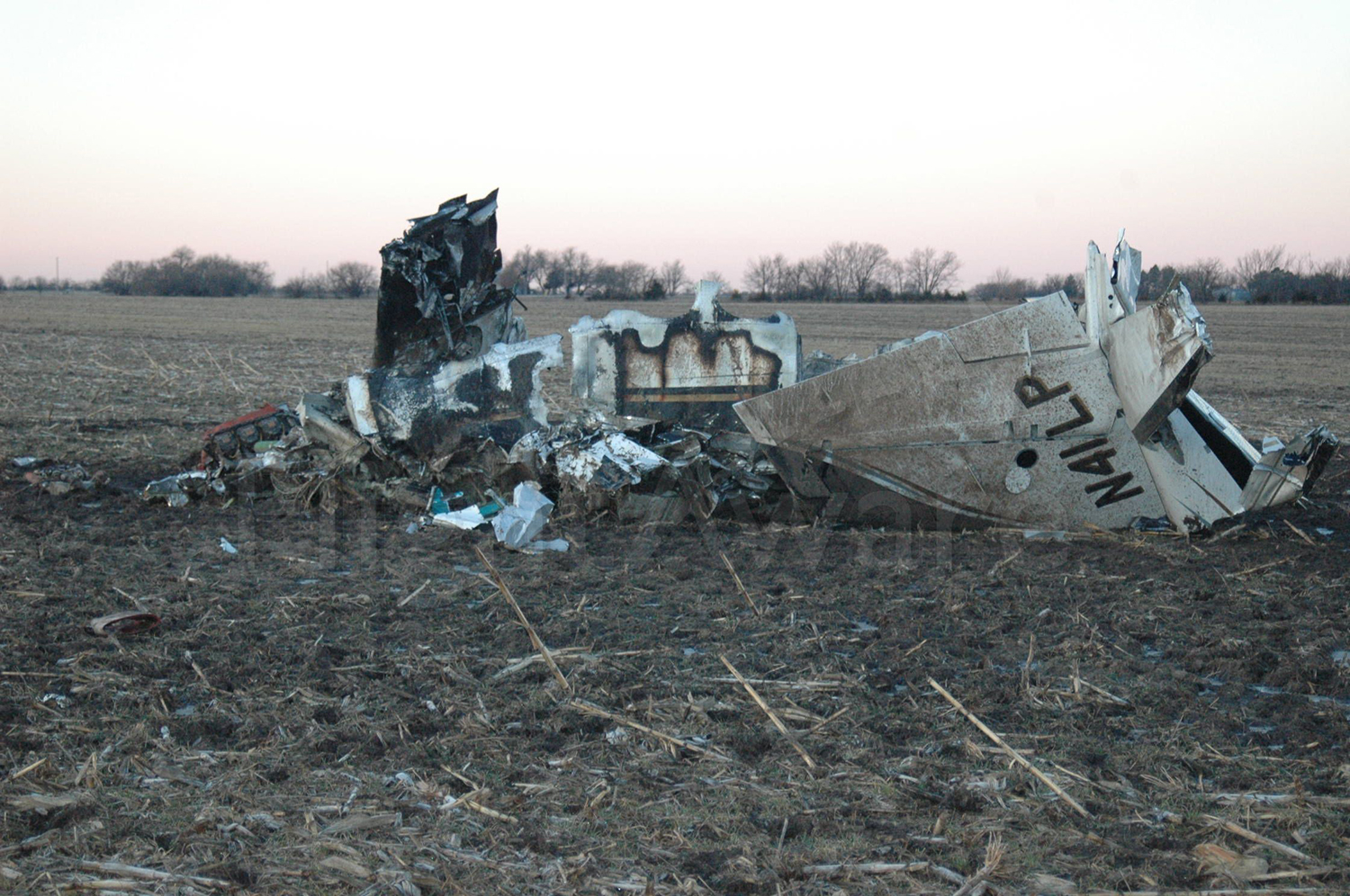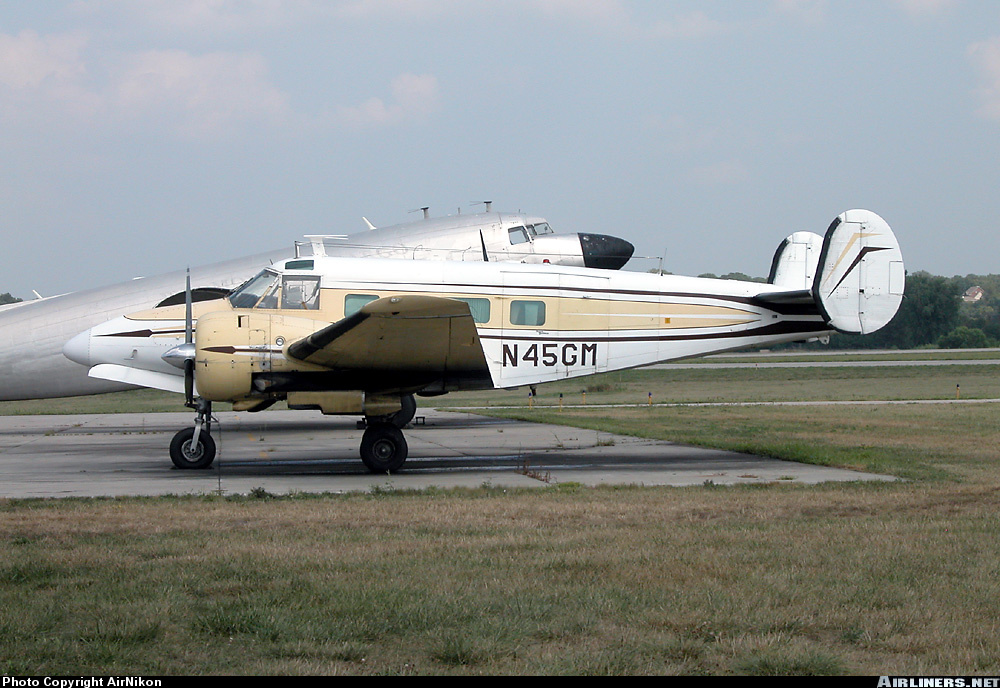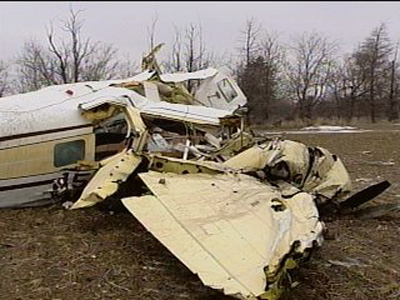Crash of a Cessna 414 Chancellor in Benton: 2 killed
Date & Time:
Feb 16, 2008 at 1845 LT
Registration:
N41LP
Survivors:
No
Schedule:
Benton - Wichita
MSN:
414-0491
YOM:
1980
Crew on board:
1
Crew fatalities:
Pax on board:
1
Pax fatalities:
Other fatalities:
Total fatalities:
2
Captain / Total hours on type:
52.00
Aircraft flight hours:
6656
Circumstances:
According to witnesses, the airplane departed runway 35 and was observed flying in and out of the clouds. Several of the witnesses observed the airplane initiate a turn to the west. One witnesses commented that it was dark but he could still see the silhouette of the airplane. He observed the airplane descend below the trees. All of the witnesses reported flames and "fireballs." On scene evidence was consistent with the airplane impacting trees in a left turn. The airplane was destroyed. An examination of the airplane, flight controls, engines, and remaining systems revealed no anomalies. Weather observations and radar data depicted low clouds, and restricted visibility due to rain and mist, in the vicinity of the airport. Toxicological examination revealed cetirizine, an antihistamine, consistent with use within the previous 12 hours. Most studies have not found any significant impairment from the medication, though it is reported to cause substantial sedation in some individuals.
Probable cause:
The pilot's failure to maintain clearance from the trees. Contributing to the accident was the pilot's flight into known adverse weather conditions and the low clouds and visibility.
Final Report:





